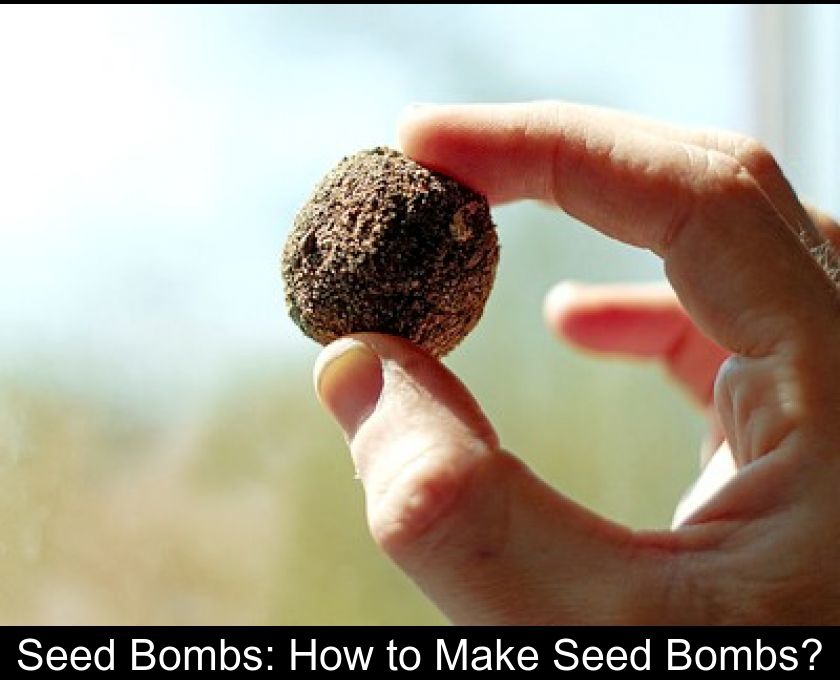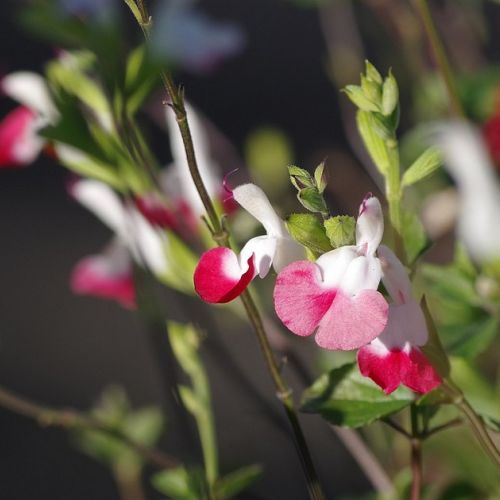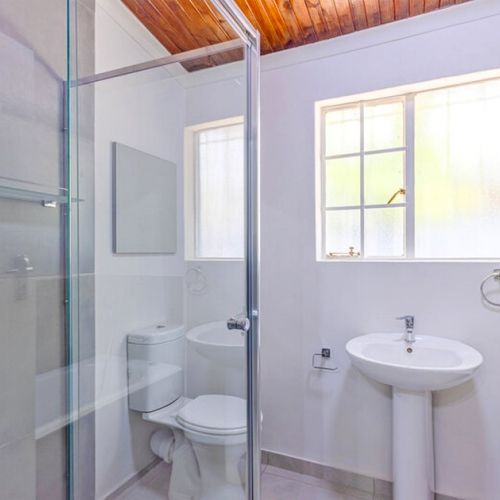Seed Bombs: How To Make Seed Bombs?
What if you grew flowers in the city to celebrate the arrival of spring? In order for nature to reclaim its rights in urban spaces, a strange but peaceful "gardening guerrilla" has been declared in our cities for a few years now... The weapon of choice for these guerrillas is the "seed bomb." We'll explain how to make seed bombs to greenify vacant lots.
What is a seed bomb?
Despite their name, "seed bombs" are peaceful and perfectly harmless. They are balls about the size of a ping-pong ball, made up of a mix of seeds, compost, and clay.
Their shape allows them to be thrown into abandoned urban areas like wastelands to grow flowers. These small clay and compost-based balls provide a simple and effective way to greenify the city.
Why make seed bombs?
Seed bombing is one of the favorite weapons of guerrilla gardeners. This eco-friendly movement, also known as green guerilla or guerrilla gardening, originated in the United States in the 2010s.
The environmental activists who invented seed bombs aim to reintroduce nature into cities.
When thrown into abandoned lots, seed bombs can:
- raise urban dwellers' awareness about greening cities.
- help bees and other pollinating insects find pollen in urban environments.
- promote biodiversity in cities.
Moreover, it is entirely possible to use these clay and compost balls to plant flowers in one's garden. Not only is the method fun and very popular with children, but it also prevents birds or other animals from eating the seeds before they germinate.
What materials are needed to make seed bombs?
Seed bomb making requires little equipment. To make seed bombs, you only need 4 ingredients:
- potting soil.
- powdered or pelletized clay.
- seeds.
- a little water.
As for the proportions, use 2 parts clay to 1 part potting soil. The clay serves to bind the mixture together and retain water so that the seeds inside the "bomb" can germinate.
What seeds to use in seed bombs?
To make seed bombs, you can use perennial seeds such as alfalfa, also known as cultivated lucerne or big clover.
This plant, which regrows for several consecutive years, is particularly interesting for greening cities because:
- it purifies the soil.
- it contributes to nitrogen fixation.
- it provides a habitat for a wide variety of insects and microorganisms.
- it is very popular with bees and bumblebees in spring and summer.
You will also find in garden centers ready-made seed mixtures. For example, you can choose mixtures designed to create a flowering meadow or to attract butterflies...
Wait until all risk of frost has passed. Spring, and especially the months of April and May, are the most favorable times for this type of sowing. All that's left is for you to go for a walk or bike ride with your clay balls in a bag to become a "guerrilla gardener" yourself!
How to make seed bombs?
The method of making seed bombs is very simple but a bit messy. To make cleaning up easier, I recommend using recycled plastic containers, like ice cream tubs for example.
In a container, mix 6 tablespoons of clay with 3 tablespoons of compost. Add just enough water to bind the mixture. Pour the water in gradually because the mix should not be too runny. When the texture is perfect, add 3 pinches of seeds and mix again.
Take some of the paste with a tablespoon and form a ball between your hands. Place the balls one by one into another plastic container.
All you have to do now is wait a few days, as the seedbombs need to dry in the open air. Once dry, the seed bombs are easier to transport without making a mess.
How to use seed bombs?
The seed bombs are ready to use as soon as the clay has dried. Guerrilla gardening can then begin.
Locate wastelands and roadside edges where the soil is bare, and then toss a few bombs at the location of your choice. With the first rains, the clay will dissolve to release the seeds.
The compost contained in the ball will facilitate germination and then the growth of plants, so that vacant lots quickly become covered with flowers.









